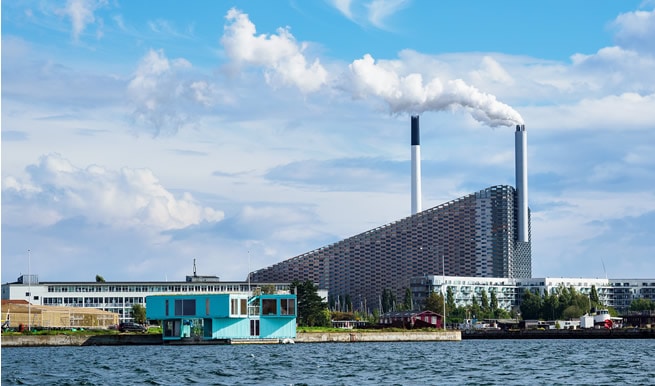{{item.title}}
{{item.text}}

{{item.text}}
Over the next thirty years, the population of Japan is expected to decrease by twenty million. If Japan fails to respond to this demographic change, it will face issues such as economic contraction and difficulty in maintaining infrastructure. We believe that smart cities have the potential to help resolve these social issues, and that this situation presents an opportunity for Japan to lead the world by creating initiatives that can be deployed to other countries which are expected to face the same problems in the future.
Through this report, we hope to contribute to the firm establishment of smart city initiatives in Japan.
Alongside a decrease in its total population, Japan is experiencing demographic change such as a decrease in the ratio of working-age population and an increase in the ratio of senior citizens. These changes will make it more difficult to maintain public services, and could make those services less convenient.
In regional cities, which have been experiencing an outflow of working-age population to metropolitan areas, a decline in regional appeal leads to a negative cycle that results in further population decline. On the other hand, metropolitan areas also face issues caused by an excessive concentration of the population, such as the deteriorating convenience and usefulness of public services.
These days, smart city initiatives are attracting attention as one way to resolve these social issues. In general, many people tend to think of smart cities as convenient cities equipped with advanced technology. But are cities that are merely convenient really what we are aiming to achieve in the future?
The concept of a smart city originated in the energy sector and then expanded to include other fields, such as public services, healthcare, and mobility. This concept led to the use of new technologies to utilise resident data. This ‘technology-driven approach’ has led to cases where the use of technology itself has become the very purpose of some smart city initiatives.
But what kind of cities will people still want to live in and visit in the future? We went back to the starting point to define a smart city as a city that has mechanisms for solving social issues, that utilises new technologies, and that continuously improves resident satisfaction. To achieve such a vision (ideal state) of a smart city, it is important to take an ‘issue-driven approach’ by understanding the social issues faced by residents and using technology to resolve them.
In our framework, designed to help stakeholders understand complex and diverse social issues and to efficiently consider possible solutions, we identify three layers of the mechanism used to revitalize a city (safety, security, and vibrancy), and eleven basic functions that are necessary for resident life. Because complex social issues involve multiple layers and functions, it is important to take a cross-sectoral and cross-functional approach to considering solutions.
To create a smart city, we believe that there are two essential elements: the use of technology, and a promotional structure to support resident-driven initiatives. In this report, we present the results of our in-depth research of seven early examples from Europe, China and India, which show that these two factors are essential for a successful Smart City.
Digital twins, big data, drones, next-generation mobility (MaaS) and more—various technologies have been attracting attention for their roles in Smart City initiatives. However, if the deployment of those technologies becomes the very goal of a smart city project, the project will not result in the realization of the city’s ideal vision for the future. To achieve this vision, it is important to understand the social issues which stand in the way of its realisation, analyse the causes, and consider solutions that can be achieved by using the appropriate technologies. Many examples of selecting technologies that are suited to the specific issues facing a city and using those technologies to resolve the issues can also be seen in the leading examples from overseas.
In an issue-drive smart city project, it is important to focus on the city’s residents in order to identify their needs and the issues they face. When working to resolve the issues faced by residents, it is also important to create mechanisms to carry out these initiatives through collaboration and cooperation among residents and all other related stakeholders. The leading examples in this report also provide hints on how to achieve this by, for example, setting up a dedicated organization to coordinate the initiatives. However, even with such an organization in place, continuous resident-centred activities are also needed to promote the spread of technology and to eliminate fears related to data utilisation.
Up to now, many smart city projects have stalled at the proof of concept phase, without achieving commercialisation. For a smart city initiative to generate continuous results, it needs to be developed as a viable business and actually implemented in society. There are, however, various hurdles to achieving this, particularly the complexity of the necessary business model, including the establishment of a governing body.
To create a smart city business capable of addressing increasingly complex social issues, it is important for all the stakeholders to create a collaborative framework and to overcome many such hurdles. We hope that the sample business models we present in this report will be helpful in the realisation of future smart cities.
{{item.text}}

{{item.text}}



